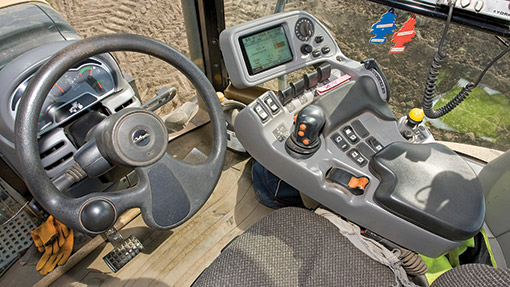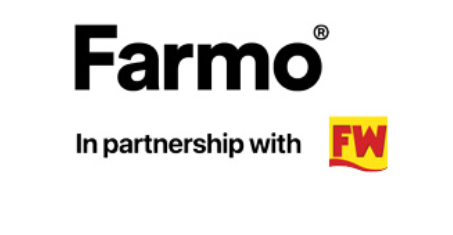Farmers wary of high-tech kit costs

Almost half of farmers are planning to invest in precision farming equipment in the next 12 months, but many are holding back because of the high costs, according to a Farmers Weekly poll.
The poll asked a range of questions to find out what technology is in use and what the potential uptake is in the near future.
See also: How precision farming is changing UK agriculture
The main users of precision technology techniques are arable growers (80%), and predominantly cereal (30%) or rape growers (21%). Almost two-thirds used a tractor-mounted device, with self-propelled sprayers the next most common at 20%.
The survey revealed a good spread of the type of devices used, with the most popular being the light-bar system for keeping tramlines on track (16%). Full autosteer systems were in use on 15% of farms, with a further 7% using the more basic steering-wheel-driven alternative.
Farmers using real-time kinematics or ultra-precise positioning systems, accurate to about 2cm, accounted for 10% of the respondents. As RTK is among the most expensive kit, the relatively high uptake was a surprise.
On livestock farms, the most common pieces of precision kit were electronic identification, drones for stock checking and heat-detection collars, although none of these accounted for more than 2% of farms in the survey.
About 75% of those surveyed said they had invested in better technology to improve profitability through fewer passes, reduce inputs and achieve greater efficiency.
The survey revealed that growers were prepared to spend significant sums of money on kit. Over the past five years, almost 20% had spent more than £20,000 and 4% said they had spent upwards of £50,000.
But a significant number of responses were from farmers who had decided not to buy precision equipment. Two-thirds said the cost of precision kit was far too high. Others felt the machinery was too complex or not user-friendly (14%) and one in five thought it was not useful to their businesses.

